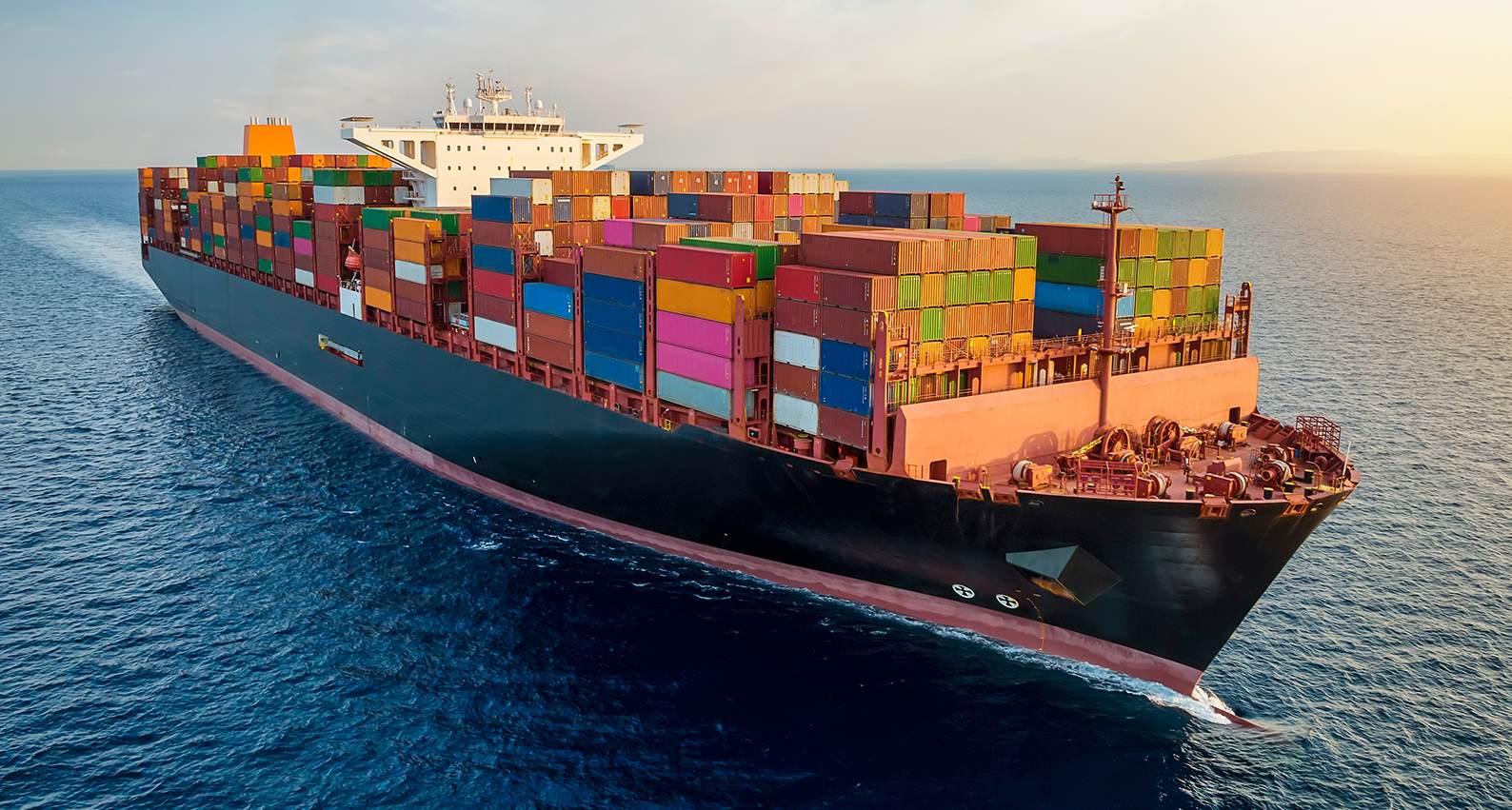Exploring Factors Affecting the Global Shipping Price Rise
Published on 06 Feb, 2024

In early 2024, global shipping faced challenges due to attacks on key routes, like the Red Sea and Suez Canal, causing delays and raising costs. New environmental regulations added further complexity and expenses. Short-term solutions helped, but long-term resilience requires collaboration on security, compliance, technology, and finance.
The first quarter of 2024 is difficult for the global shipping industry, as it faced a surge in costs and delays. According to industry sources, the average freight rates increased 55%–70% compared with those in Q1 2023, putting pressure on shippers and customers alike. The attacks on container ships in the Red Sea and Suez Canal by Houthi rebels and new environmental regulations that came into effect in January 2024 were the main causes of this crisis. However, the industry expects the situation to improve in the coming months, as the freight rates are projected to stabilize to 5%–10% above the 2023 levels for 2024.
The Baltic Index rose sharply in January 2024 for several routes. The Asia–US West Coast route posted a 60% increase to USD 2,713/FEU, and the Asia–US East Coast route rose 58%. The Asia–North Europe route recorded a staggering 176% increase to USD 4,391/FEU, and the Asia–Mediterranean route went up 115%.
Factors leading to short term shipping rate increase include the following:
Houthi Rebel Attacks:
The Red Sea and Suez Canal have become perilous routes for container ships due to attacks by Houthi rebels, prompting significant rerouting and adding 15–20 days to transit times. This intensified existing supply chain disruptions, exacerbated by the diversion of USD 200 billion in trade away from the region, leading to soaring shipping costs and delays. Ocean freight rates have doubled or more on various routes, impacting consumers as companies adjust prices. To address these challenges, ocean carriers are expanding land-freight services, particularly for West Coast ports, to offer opportunities for railroad and trucking companies.
To mitigate the impact, ocean carriers are expanding land-freight services, particularly for West Coast ports, creating opportunities for railroad and trucking companies. Despite these measures, the situation remains fluid, with forecasts suggesting increased activity as the Chinese Lunar New Year in Q1 2024, traditionally a peak season for shipping.

Factors leading to long term shipping rate increase include the following:
Environment Regulations:
Environment regulations introduced in 2024 will create additional complications in the container shipping market as ships are set to receive their first grades through the carbon intensity indicator scheme, marking a pivotal moment in environmental accountability for the maritime sector. This initiative evaluates vessels based on their carbon emissions relative to their transport work, offering transparency and incentivizing the adoption of cleaner technologies. It is a significant step toward reducing the industry's carbon footprint and aligning with global climate goals, which would add fuel to the price increase. Some major environmental regulations applicable from Q1 2024 are AFS Convention Amendments (Convention for the Control of Harmful Anti-Fouling Systems on Ships), inclusion of shipping in the EU ETS (Emission Trading System) etc. Logistics companies will have to adopt cleaner technologies to adhere to these regulations, which is expensive. This cost will be passed on to the end customer, increasing the shipping rates.
Addressing the difficulties of the global shipping sector in early 2024, such as increased costs and disruptions, requires a comprehensive approach. Expertise spanning market dynamics, supply chain management, maritime security, environmental compliance, financial analysis, and technology integration is vital. Collaborative efforts among professionals from diverse fields are necessary to devise effective strategies to tackle immediate challenges and foster long-term resilience and prosperity in the industry.
